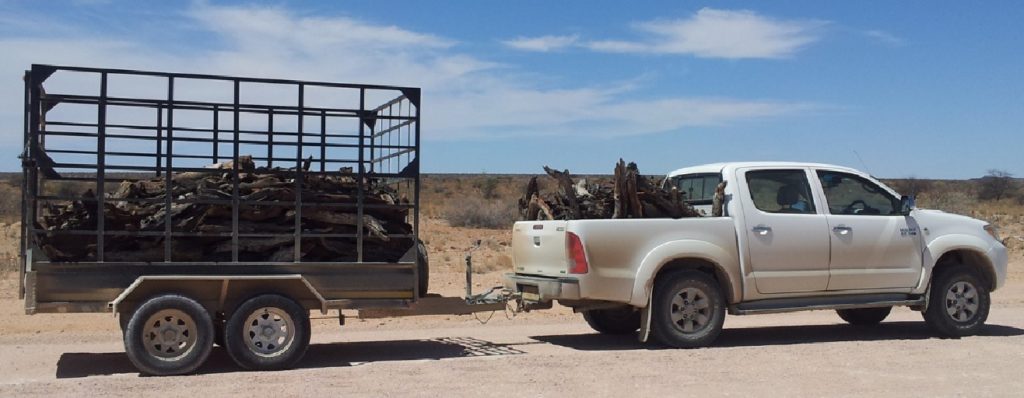It happens every summer. Boats come out of storage. Campers make their first spring appearance. Construction vehicles begin hauling heavy equipment. Vehicles pulling any size load must take care to load, secure, and haul contents properly. Here are our Top 5 Tips for Safe Towing.
Follow manufacturer weight limitations
Towing capacity is determined by factors including engine type, axle configuration, drivetrain, chassis, suspension, tires, hitch type, and trailer type. Even after determining towing limits, remember to account for the weight of all occupants and items in the vehicle itself. Some vehicles have a sticker on the side of the driver-side door that includes towing information. In addition, the owner’s manual should also contain the same information. There five towing terms to know to ensure you don’t exceed your vehicle’s limits or load a trailer improperly.
- GVWR (Gross Vehicle Weight Rating) the maximum weight your vehicle can carry.
- GCWR (Gross Combined Weight Rating) is the weight limit of everything including the trailer.
- GAWR (Gross Axle Weight Rating) which is the weight limit for each axle.
- Curb Weight is the weight of the vehicle including all fluids.
- Tongue Weight is the weight limit for the hitch.
Balance the trailer load
A well-balanced trailer is a combination of load distribution and proper tongue weight. As long as 10% but no more than 15% of the weight is on the trailer tongue, a good rule of thumb to follow is the 60/40 rule. 60% of the load should be in front of the axles, evenly spaced side-to-side. The remaining 40% can sit over and behind the trailer axles. If improperly loaded, trailers can begin swaying back and forth. Bad trailer sway, or fishtailing, can get so bad that it can cause both trailer and vehicle to spin out of control.
What do weight-distribution hitches do?
A weight-distribution hitch does help to balance the load between front and rear axles of your vehicle. They do not, however, increase the towing capacity of your vehicle. It makes towing heavier loads safer and is typically the most cost-effective way to accomplish this without replacing or upgrading components of the vehicle itself. A safe metric to follow is to use a weight-distribution hitch anytime a fully loaded trailer is over 50% of the vehicle’s gross weight.
Safe speeds save lives
Despite the ability of your vehicle’s engine powering your truck and trailer down the road, it is wise to drive at a slower, safer speed. According to rvlife.com, it is safest if you pull your RV at speeds no greater than 60mph. Some states, in fact, have specific speed limits when towing trailers and you’ll need to become familiar before embarking on that epic family road trip. Reasons for slower towing speeds include stopping distance, maneuverability, and trailer sway. Additionally, driving too fast can damage your engine especially up hills or in stop-and-go traffic where repeated acceleration and shifting of gears causes a lot of strain. Prevent dangerous trailer sway by proper trailer weight distribution, not overloading the trailer, driving slower, and avoiding sudden movements.
Insure your trailer properly
Liability coverage typically follows the vehicle if it is licensed for and being used for personal use. This means that the vehicle pulling the trailer carries the liability coverage if the trailer damages property. If you are worried about the value of the trailer itself, you will need comp and collision coverage. Some policies also offer towing coverage for roadside assistance.
Follow safe towing practices and stay safe, enjoy the summer and know we are just a phone call away! Contact Reliable Agency, Inc. today for a quote or to speak to an agent about your insurance needs.







